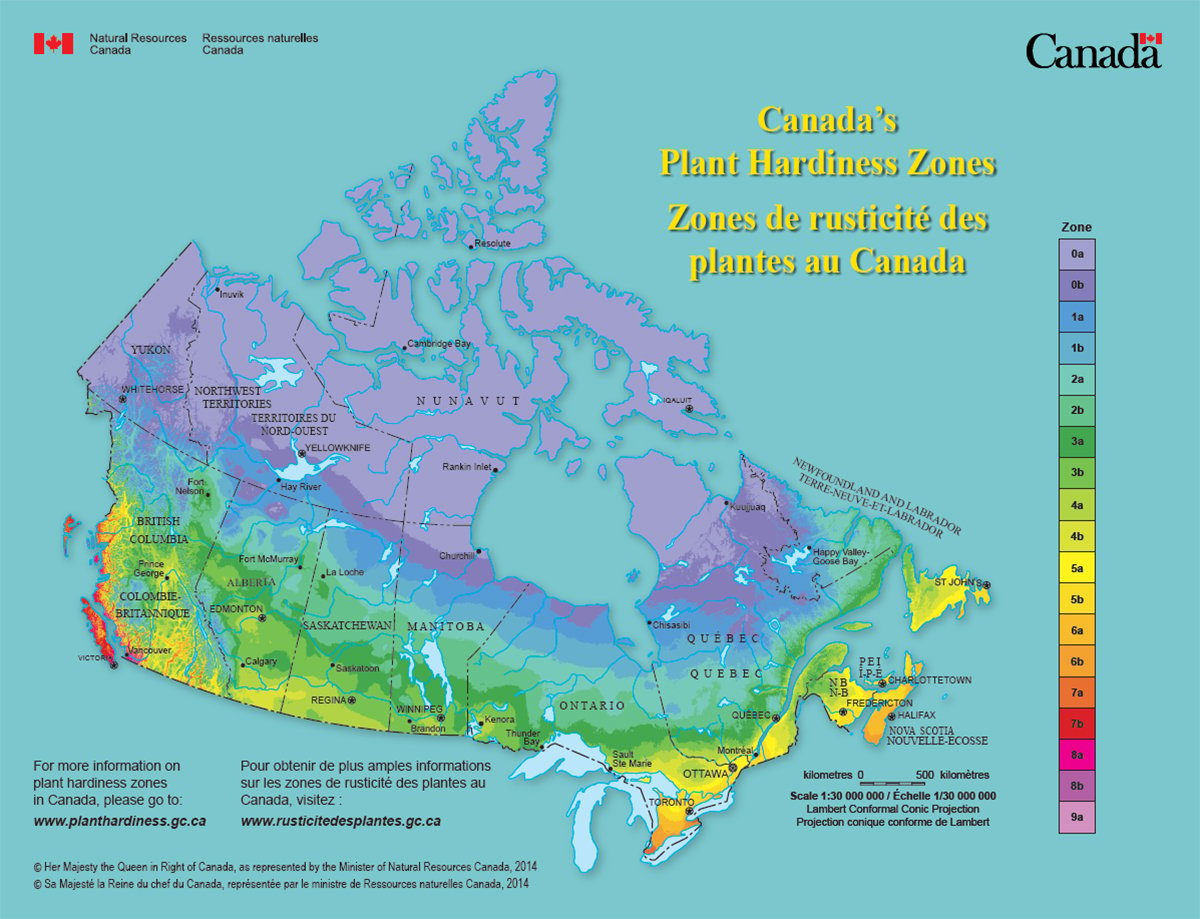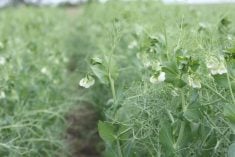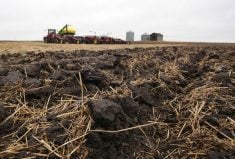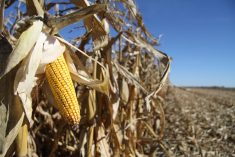SASKATOON — Canada’s canola industry had a mixed reaction to new sustainable aviation fuel tax credit guidelines coming out of the United States.
The good news is that canola-based SAF qualifies for the base blender’s credit of US$1.25 per gallon because it was previously approved by the U.S. Environmental Protection Agency as an eligible feedstock.
Related stories:
“We’re pleased to see that,” said Chris Vervaet, executive director of the Canadian Oilseed Processors Association.
Read Also

Canada’s plant hardiness zones receive update
The latest update to Canada’s plant hardiness zones and plant hardiness maps was released this summer.
“At least we’ll qualify for that base amount.”
The bad news is that it does not qualify for the additional 50 cent per gallon blender’s credit that is up for grabs.
“Canola appears to be on the outside looking in,” he said.
The U.S. Department of Treasury and Internal Revenue Service used a modified version of the GREET life cycle analysis model to assess various SAF feedstocks.
The 40BSAF-GREET 2024 model determined that canola SAF reduces greenhouse gas emissions by 37 per cent, falling short of the 50 per cent threshold to qualify for the additional 50 cent credit.
Vervaet said the model contained flawed assumptions and outdated data that need to be addressed with government regulators.
The new guidance applies to the 40B SAF blender’s tax credit contained in the Inflation Reduction Act and will be applied retroactively for 2023 and 2024.
That blender’s tax credit will be eliminated in 2025 and is being replaced by 45Z, a producer’s tax credit that applies to SAF, biodiesel and renewable diesel.
It takes effect Jan. 1, 2025, and expires Dec. 31, 2027.
Vervaet said SAF holds incredible potential for the canola sector.
“We want to compete in that marketplace, there’s no doubt about it,” he said.
However, it is equally important for canola to maintain its foothold in the biodiesel and renewable diesel markets.
Vervaet said the 40B SAF rules are being closely scrutinized by commodity groups because they feel they will be a precursor for what’s to come with 45Z, which is the more all-encompassing tax credit.
One unique feature of the 40B rules is that commodity groups can improve their carbon intensity scores by using specific climate-smart agricultural practices.
However, that feature is only available for corn ethanol- and soybean-based SAF, much to the chagrin of the canola sector.
The soybean sector can increase the amount of its tax credit by cultivating the oilseed using both no-till and cover cropping practices.
The American Soybean Association is concerned that mandating only those two practices among various sustainability measures may limit soybean oil’s viability as a SAF feedstock.
“Moreover, the feasibility of implementing no-till and cover-cropping varies across different regions of the soy-growing belt, potentially leading to regional disparities,” the association said in a news release.
The National Corn Growers Association said it is troubled that the model requires corn farmers to bundle the use of no-till practices, enhanced efficiency fertilizers and cover crops to qualify for the credit.
“This requirement in GREET will significantly hinder the chances corn growers have in accessing the sustainable aviation fuel market,” NCGA president Harold Wolle said in a news release.
He noted that cover crops are difficult, if not impossible, to grow in drier climates.
Vervaet said the good news is that the U.S. government has made it clear there is room to update and change the GREET model prior to implementation of the 45Z credit.
Canada’s canola sector will be working with its U.S. counterpart to lobby for changes in how the model treats canola-based biofuel.
“We’re going to be putting our shoulder behind the wheel to get a better carbon intensity score for canola,” he said.
Contact sean.pratt@producer.com
















